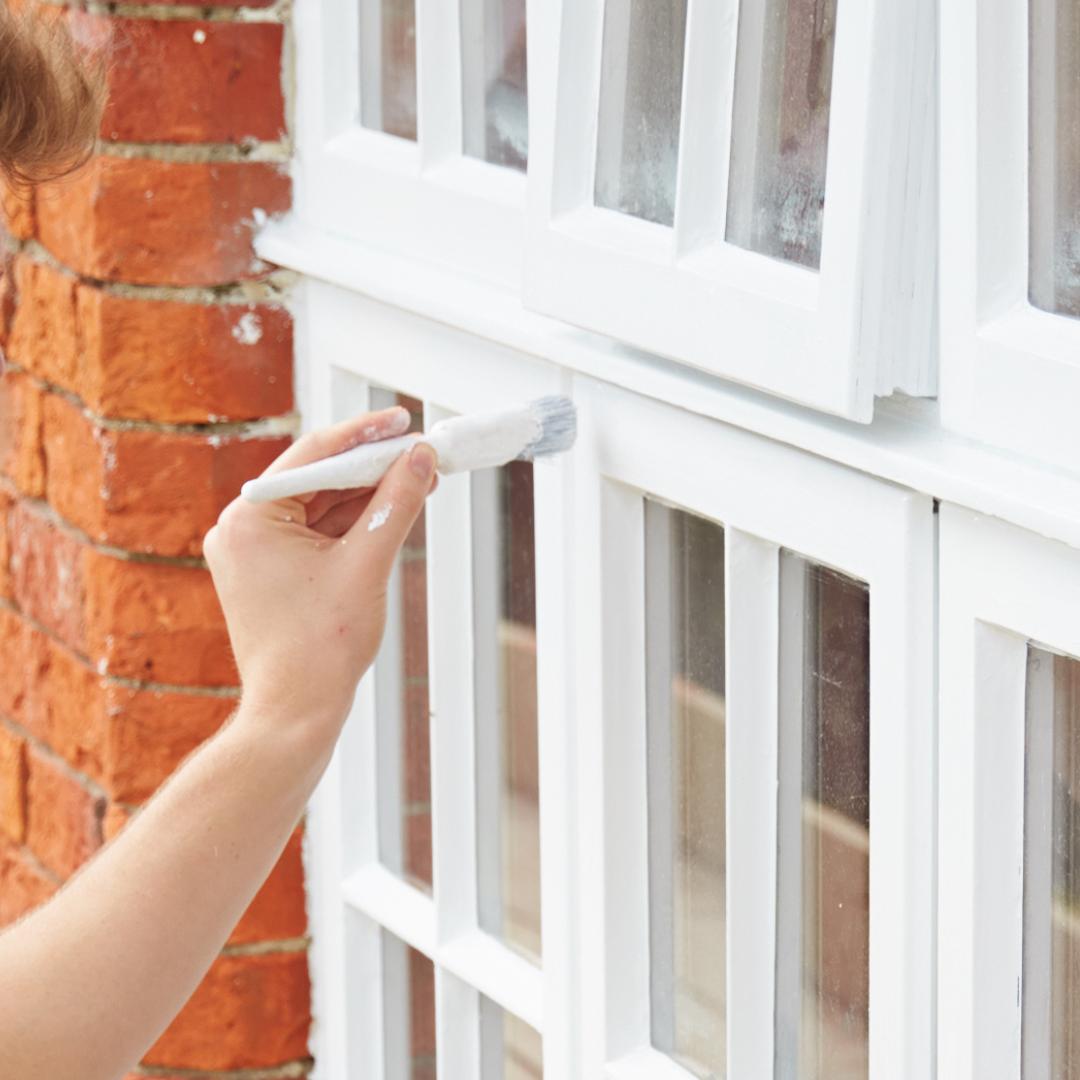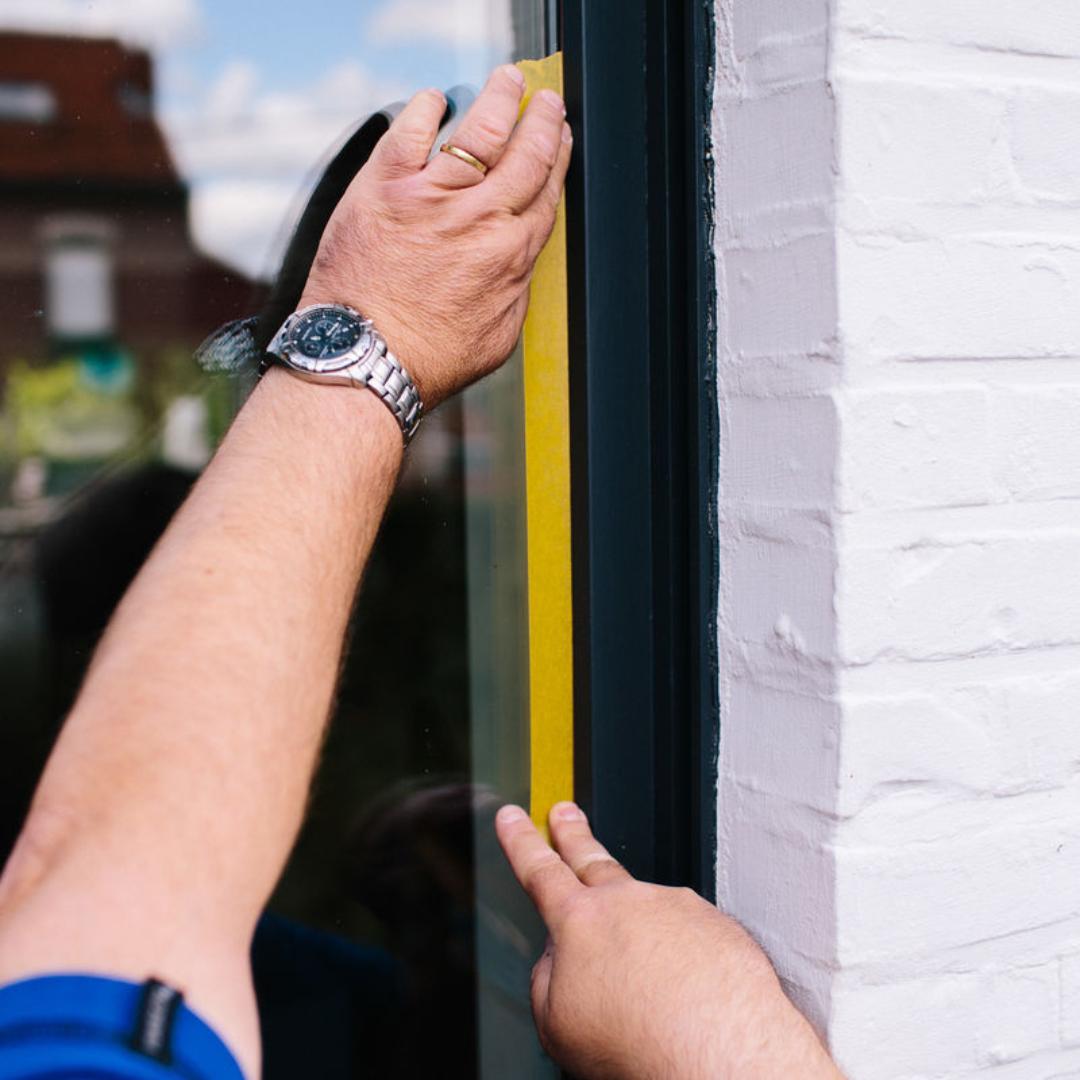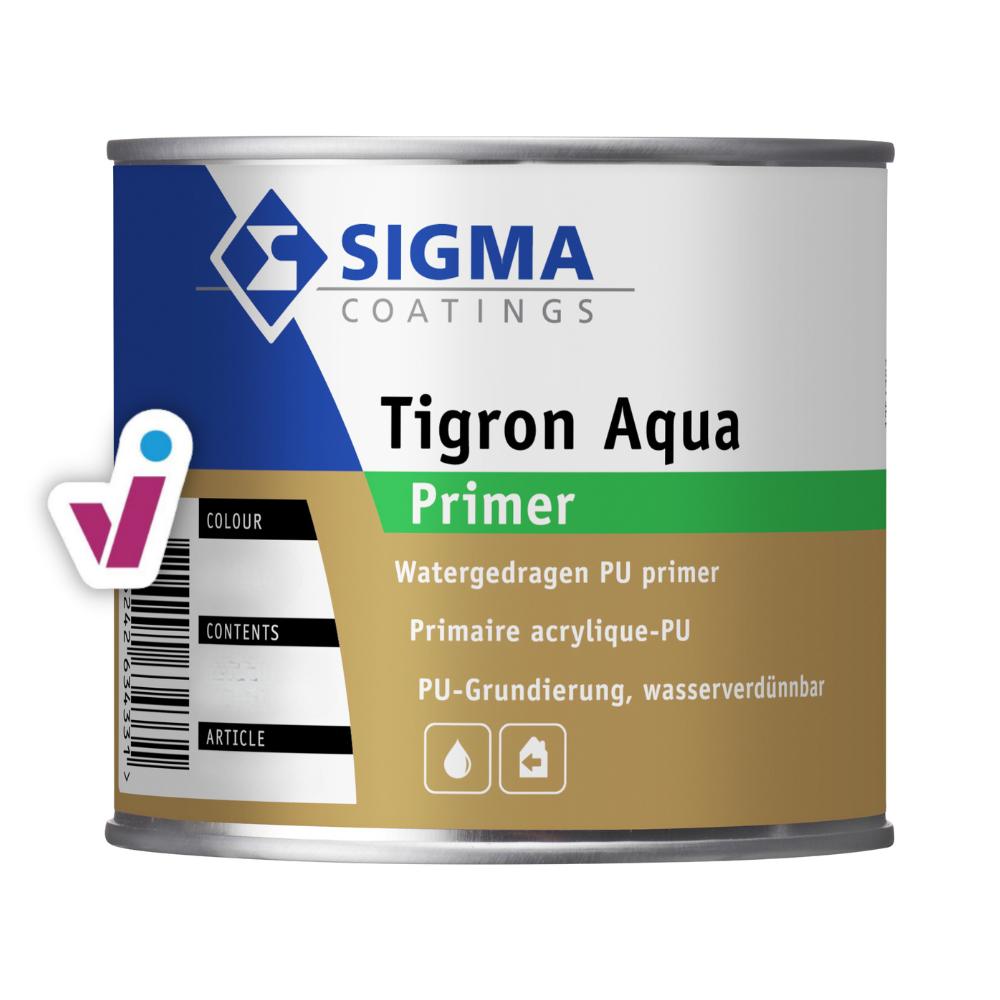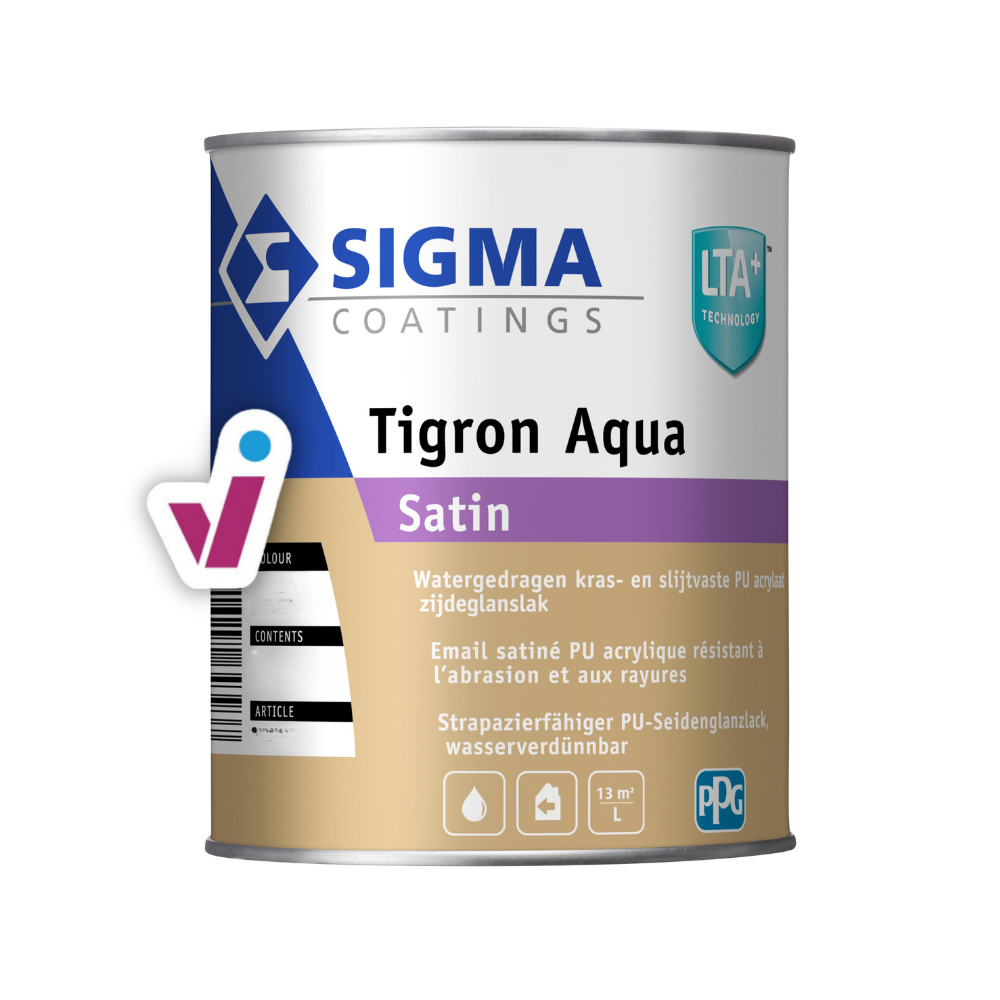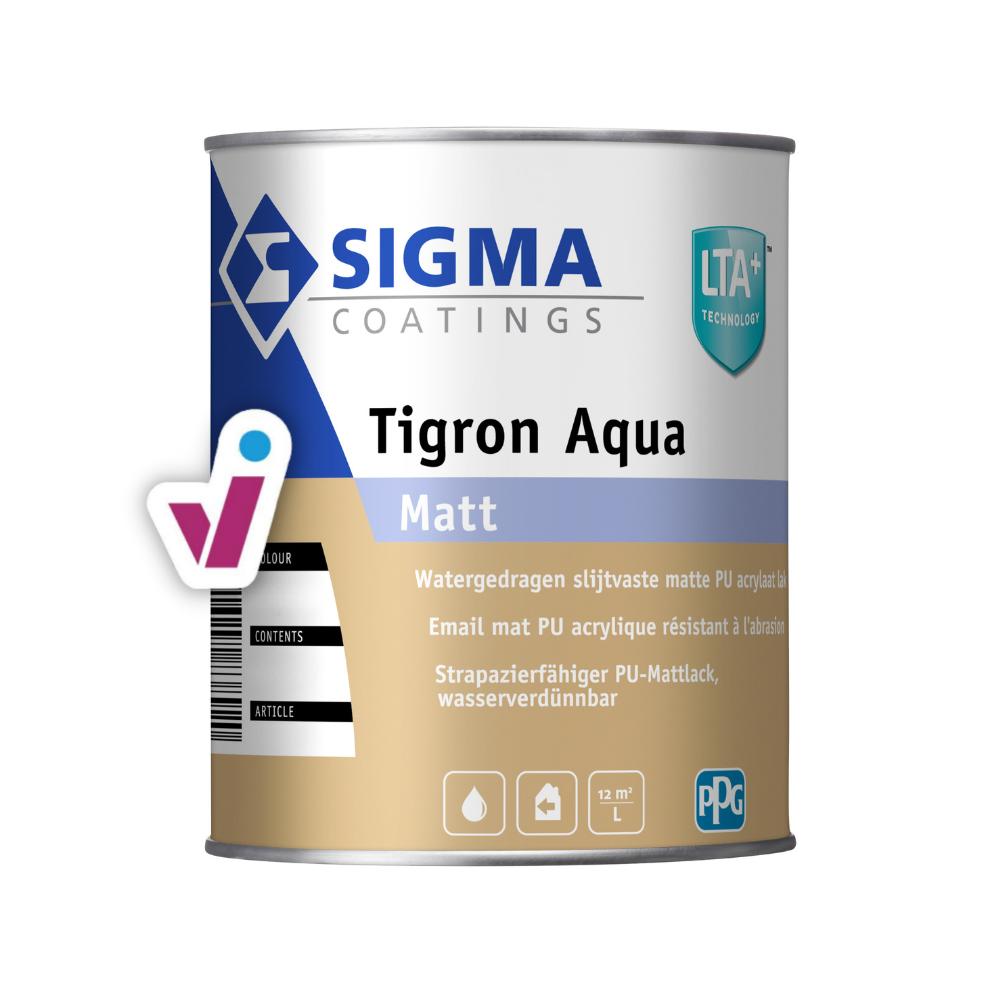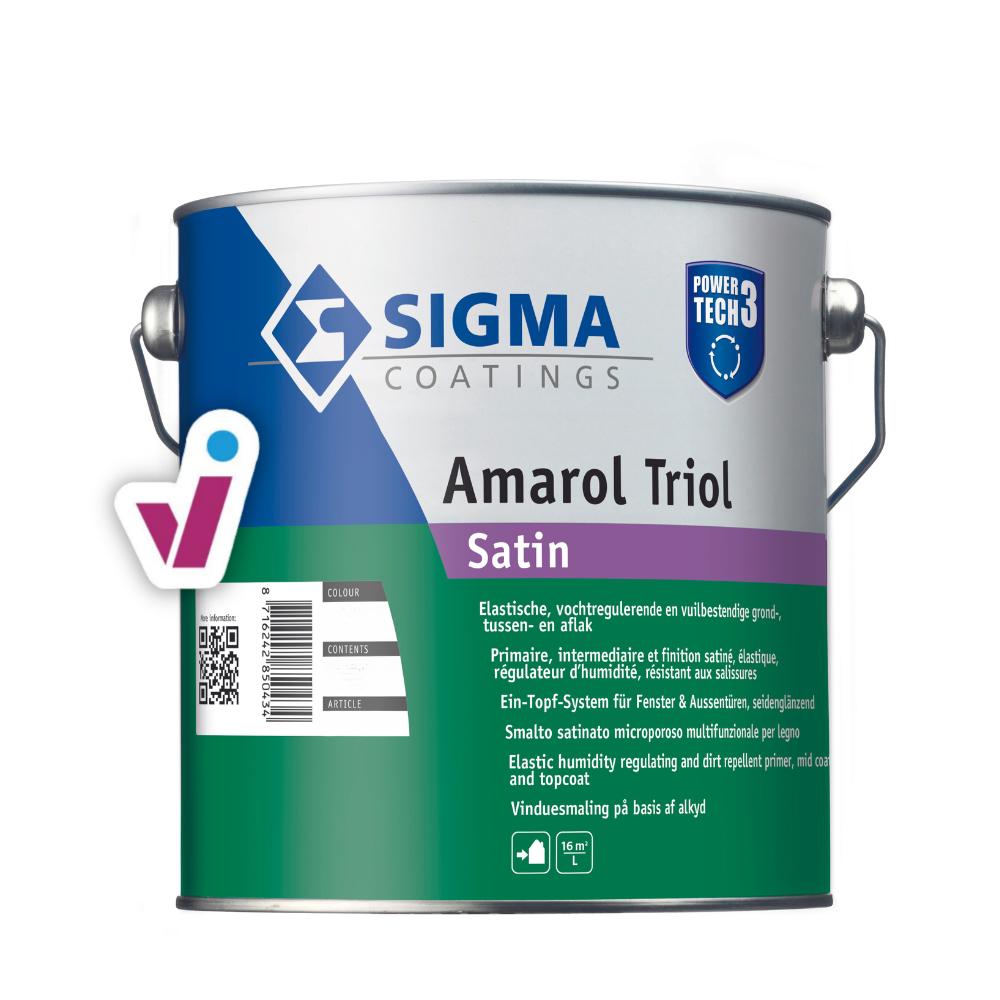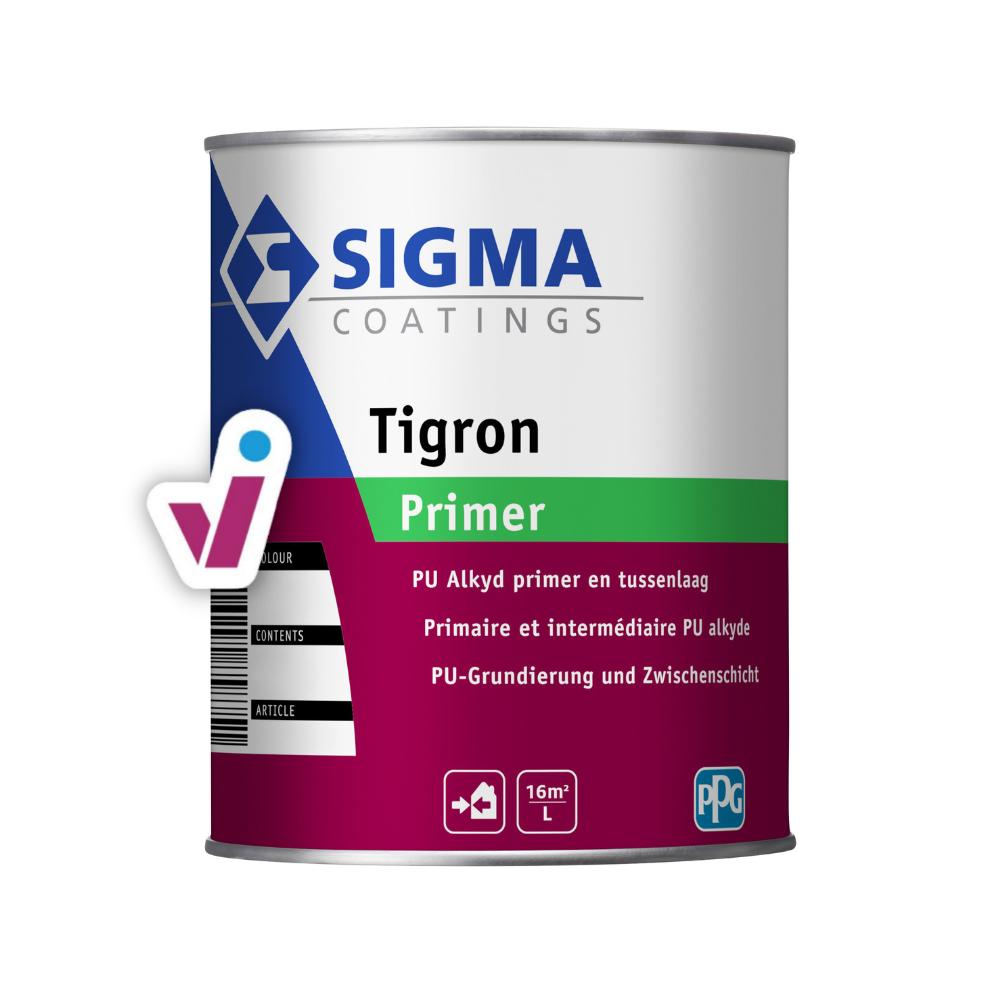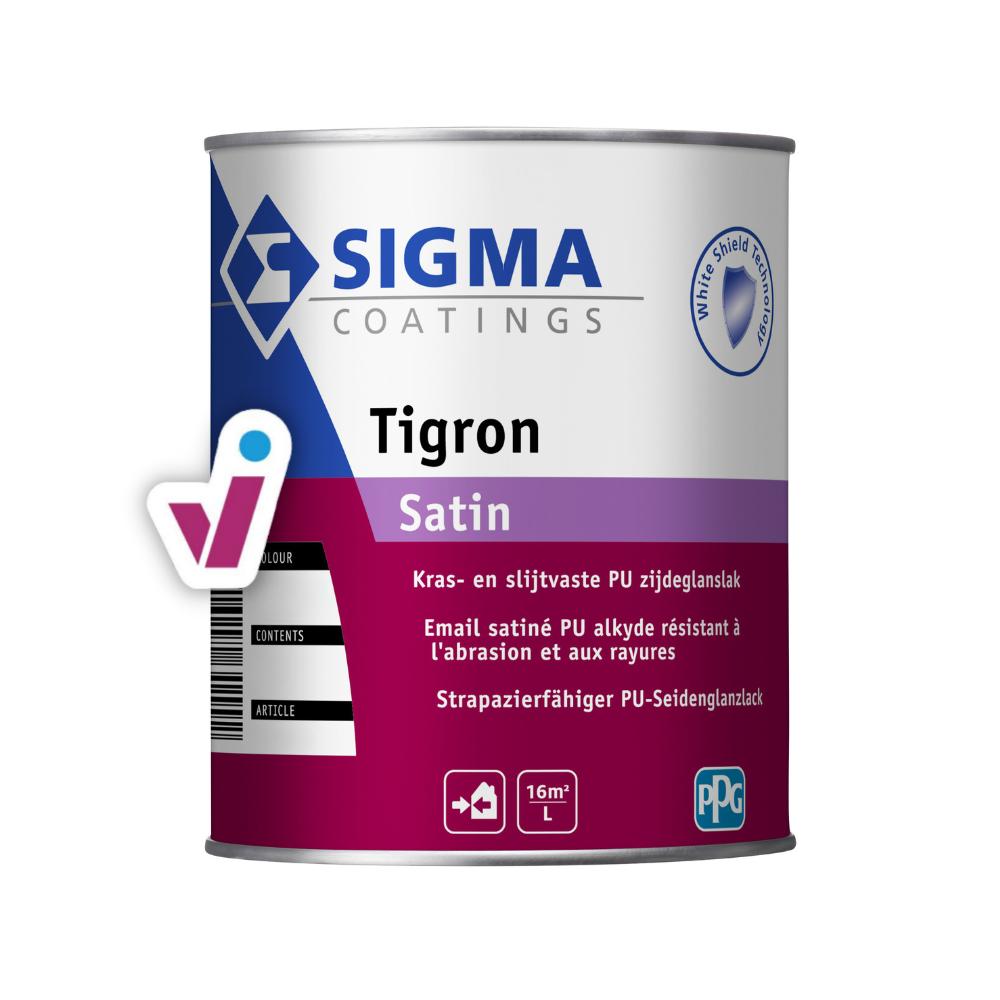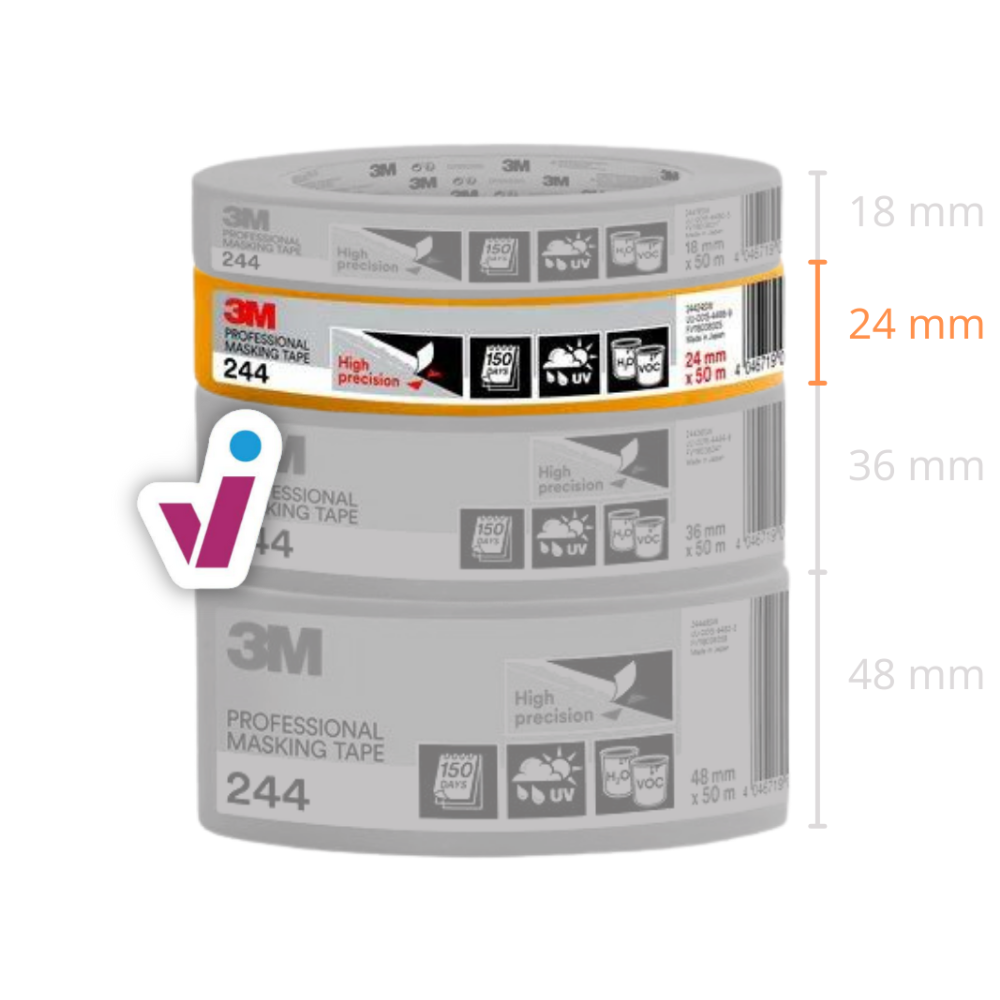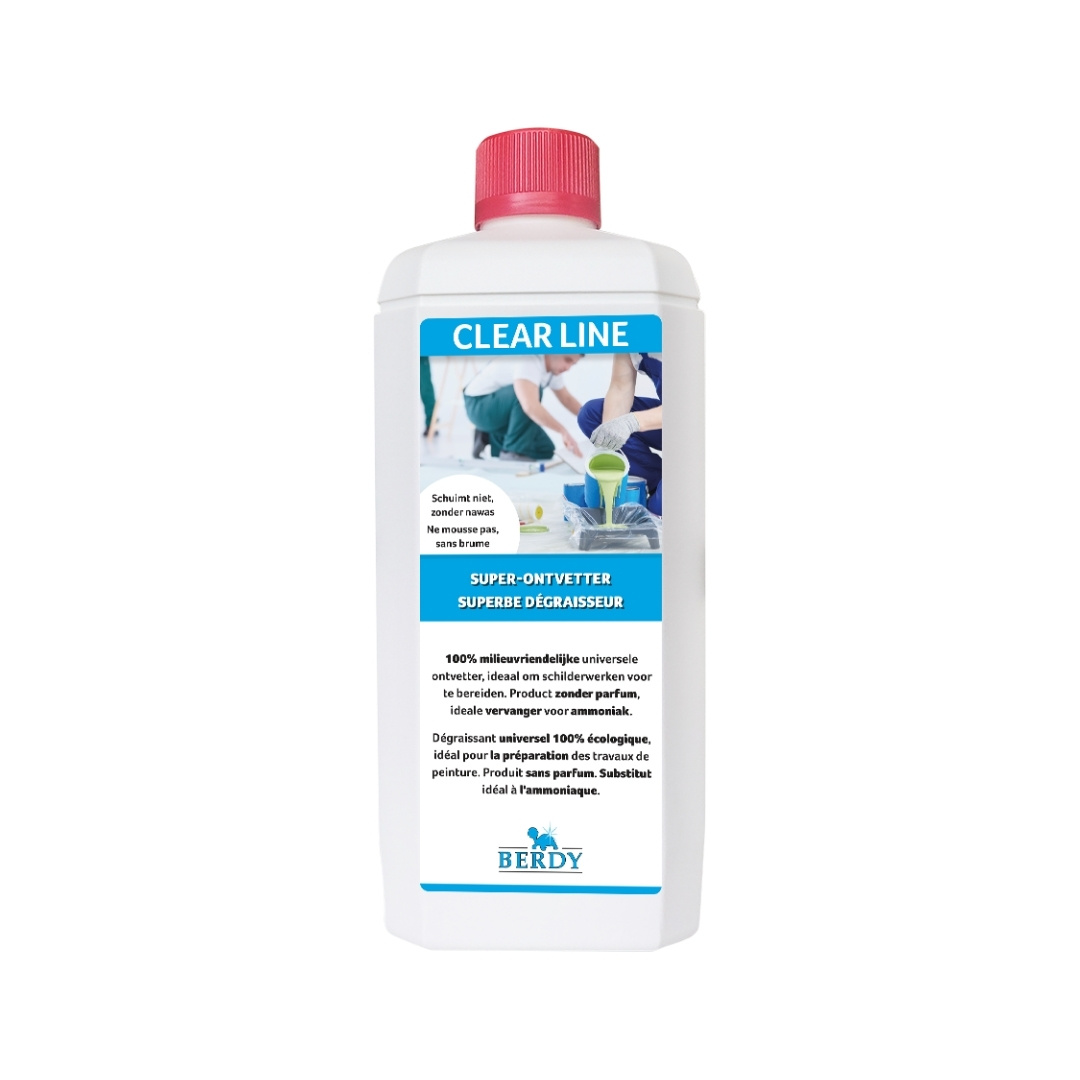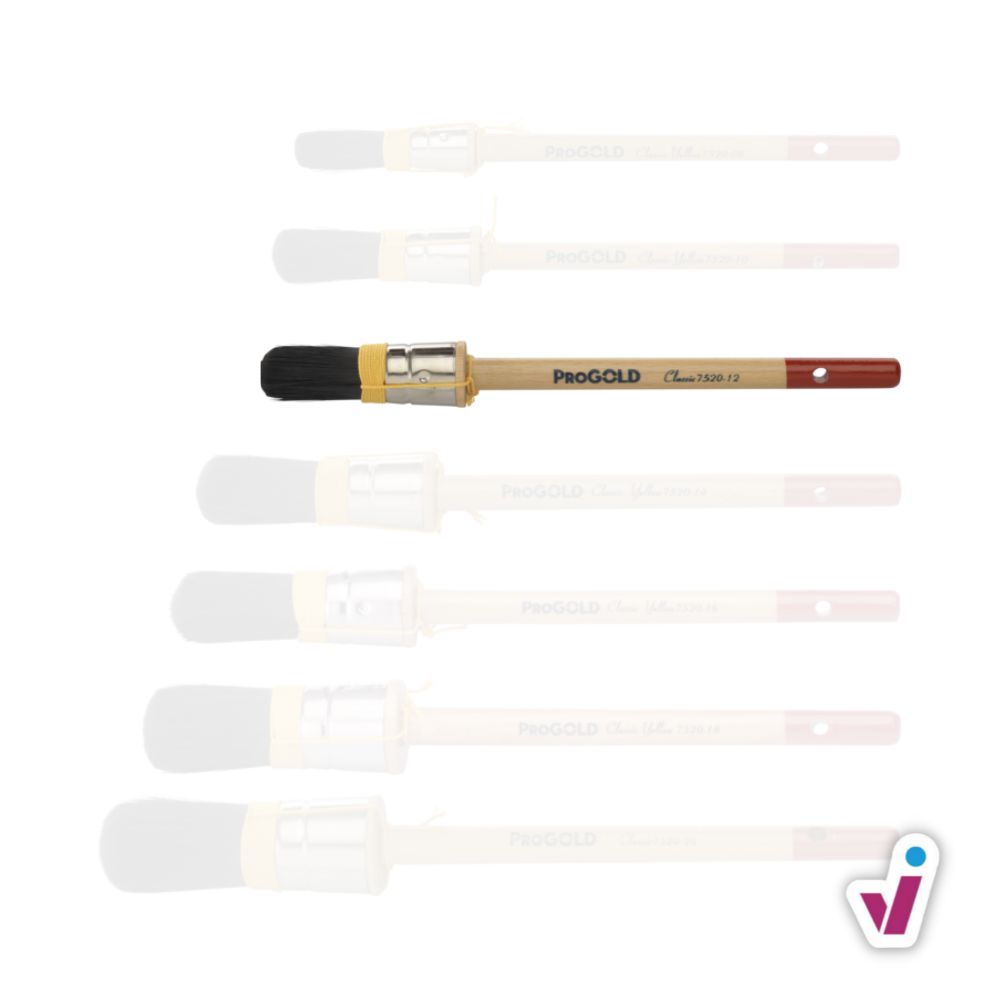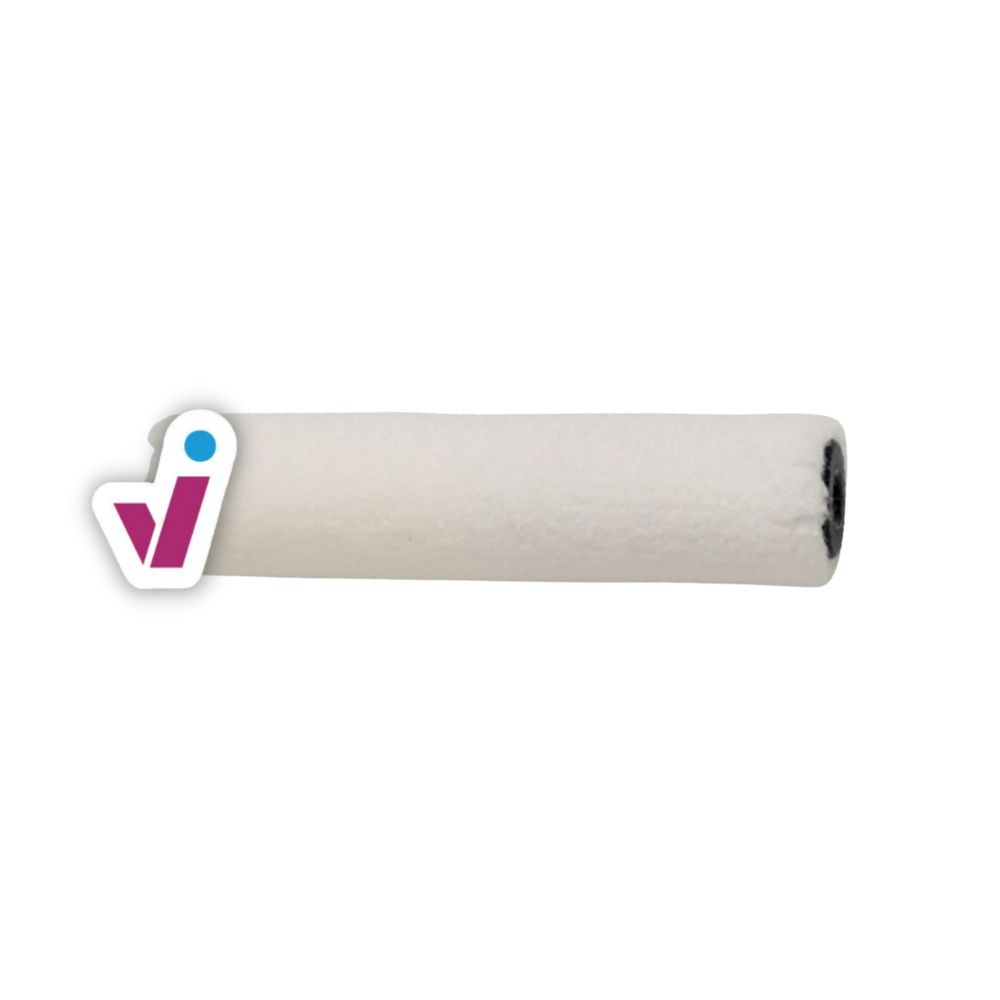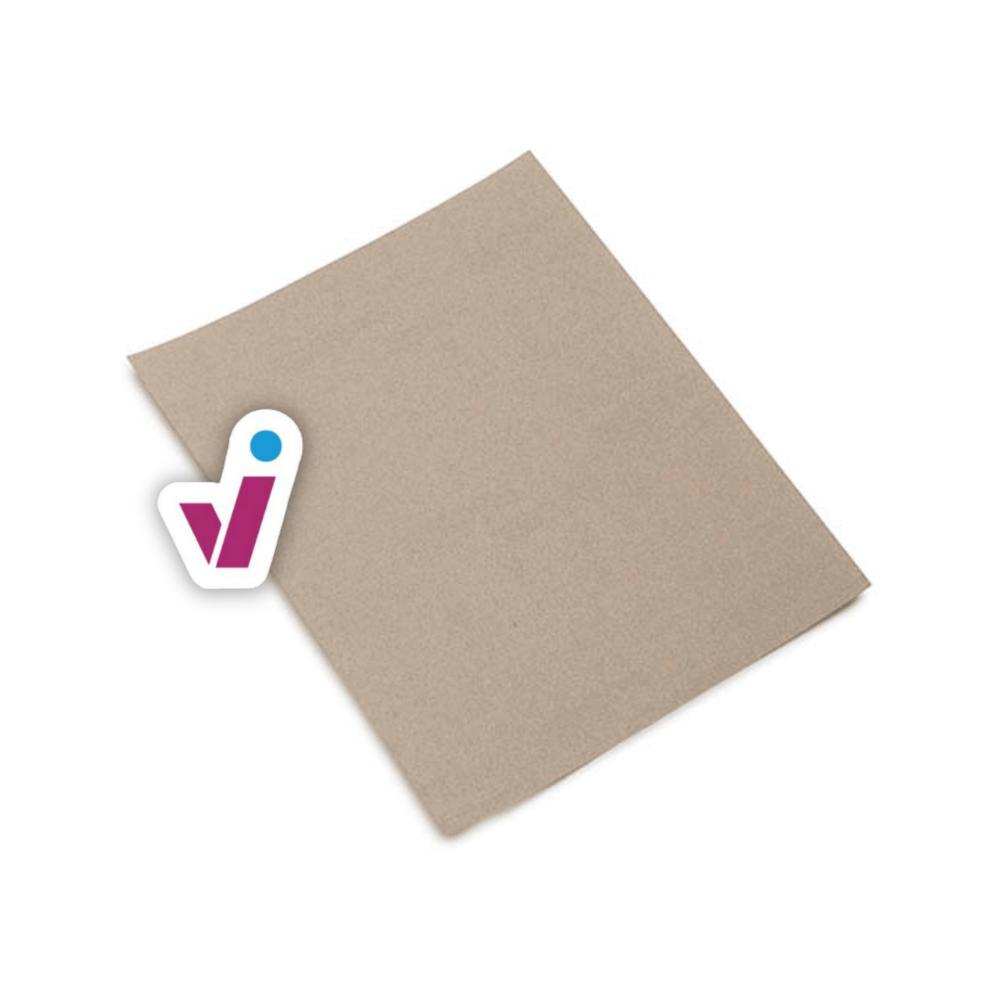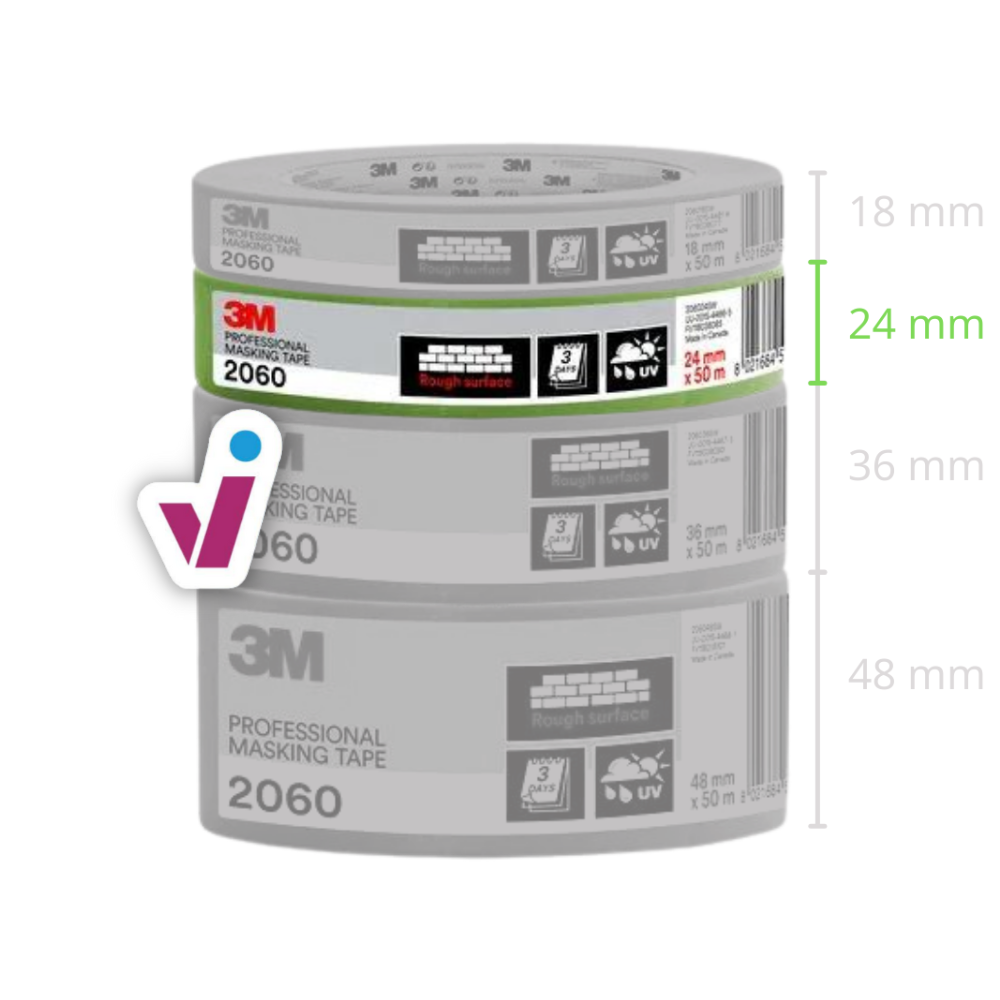Painting your wooden windows indoors
Step 1: preparation
- Tape off the glass and adjacent walls with painter's tape.
- Clean and degrease the window and frames.
- Sand and dust the wood.
Preferably, before painting, tape off the window glass and adjacent walls with masking tape so you can't accidentally paint on them. Furthermore, the most important part of the preparation is to create a 'paint-ready' surface.
Clean and degrease the surface well in advance. For wood, it's best to use a synthetic thinner for degreasing if it's the first time it has been painted. If the wood has been painted before, degrease it with water and a dash of ammonia or Berdy Clearline.
Never use turpentine, because instead of degreasing, it just leaves a greasy film, which isn't good for paint adhesion. Don't forget to clean the glass either, so that your masking tape sticks well and no paint gets under or between it.
Wood should definitely be sanded and dusted as well. This way you will have an even, clean, grease-free, dry surface as a base!
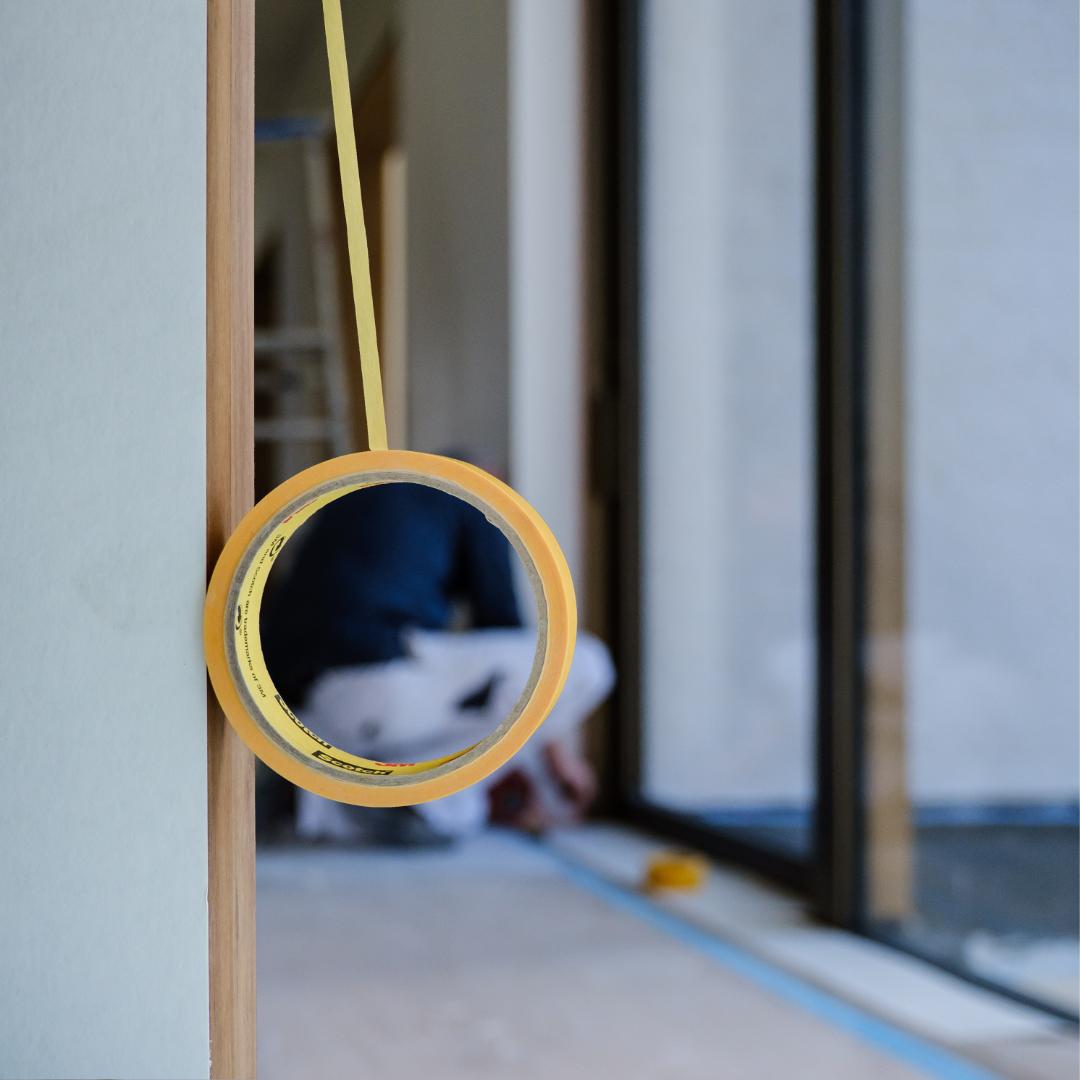
Step 2: apply primer
- Use a paint brush and a paint roller.
- Apply wood primer in two coats.
- Lightly sand and dust.
Paint wooden windows when the weather is not too humid, cold or hot for best results. In the morning or late afternoon is the best timing, because then you never have full sun.
Painting too early is not good either. Dew formation can be a killjoy. That's because your window frames need to dry properly before you can start painting. Get started when the temperature is between 10° degrees and 20° degrees.
Keep an eye on the weather forecast. No rain tomorrow? Ideal, then you can paint today and everything can dry properly.
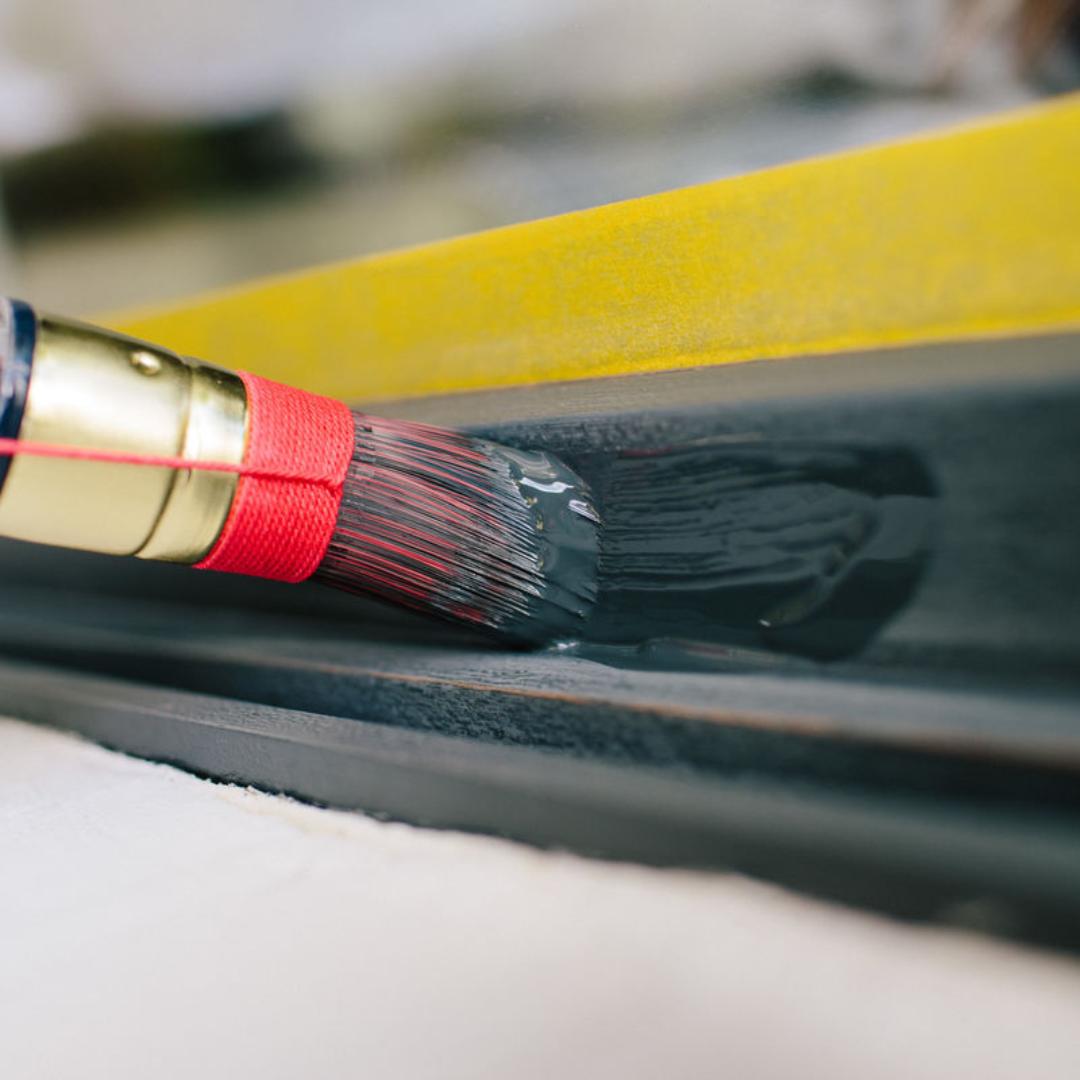
Step 3: lacquer
- Apply one more coat of lacquer.
- Remove all tape again.
Time to start the finishing touches now!
When your wooden window frames are well prepared and primed (or already painted), you can continue working with regular lacquers. It is always best to use a water-based topcoat, of which you apply one coat.
We do not recommend synthetic lacquers for windows inside, because less sunlight can reach the paint layer inside, leaving a yellowish shine after a while. And we don't want that, of course!
To put the final coat of paint on your window, again use a round paintbrush and paint roller.
When you have finished your excellent paintwork, you may remove the excellent tapework and admire your newly painted windows.
You can also opt for a one-pot system, which allows you to pretreat and topcoat with the same paint. You'll need a total of three coats of that: a base, intermediate and final coat. Be aware though that this is just the 'easy' solution, and that a paint system of a primer and lacquer is always much stronger and definitely still what we recommend.
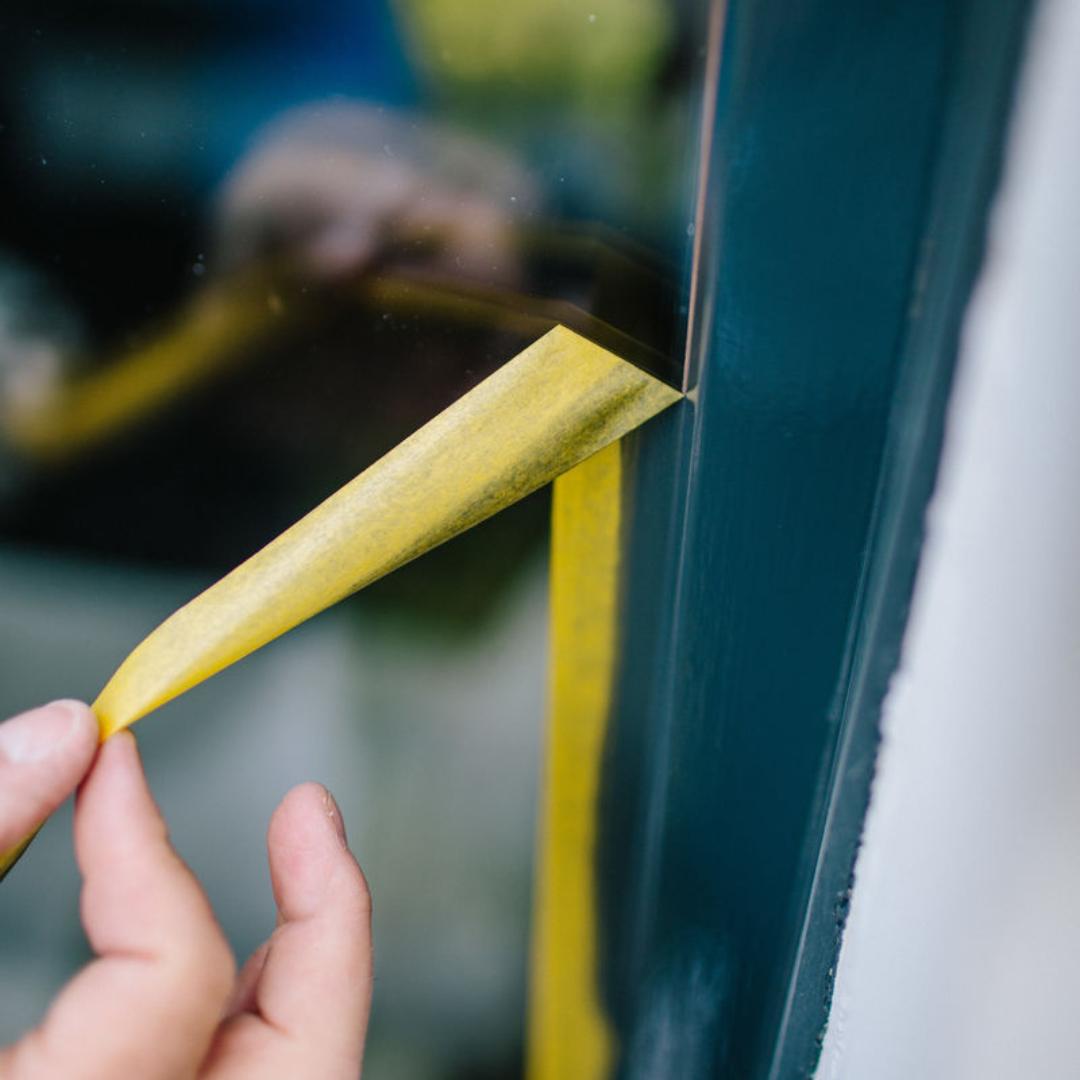
Find the right paint for your windows
Want to start right away, but don't know what products you need? In our step-by-step plan, we have linked all paints and supplies. So you can find everything you need to paint your windows beautifully. Below you'll also find a list of all the products.
Want to explore all the options yourself? Then you can find extensive info in our paint guide. Including professional recommendations for those who want top-class paintwork.
If you already know what you're looking for, you can browse through our paint for doors and windows category.
Ready to start painting?
In these video's by Sigma you can see professional painters at work, painting windows indoors and outdoors.


